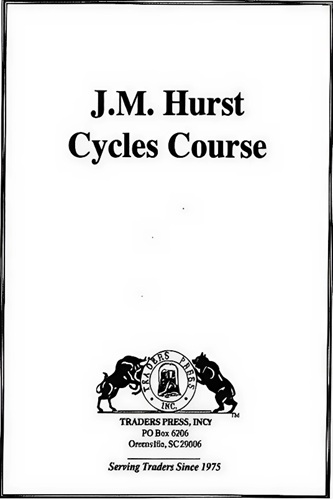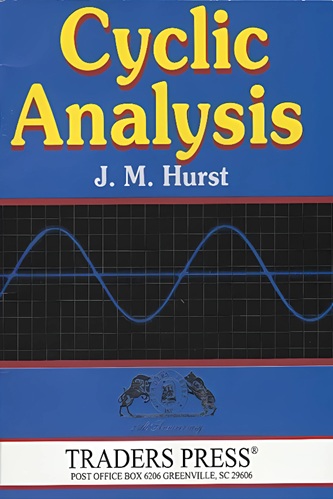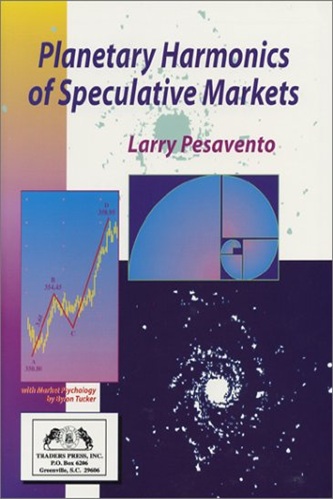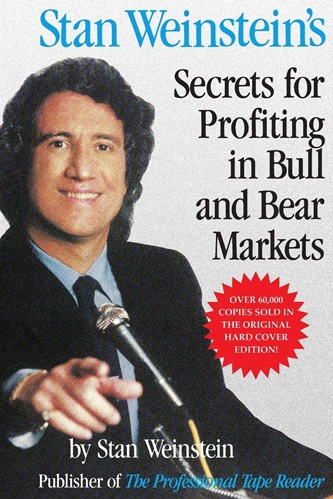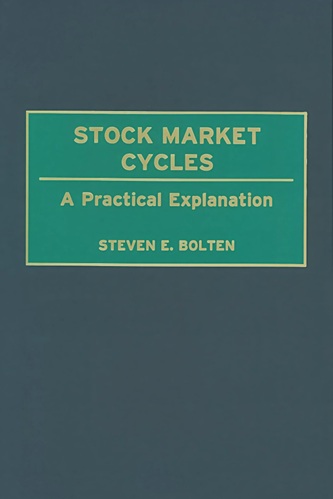The Cycles of Speculation
$15.08
| Author(s) | |
|---|---|
| Product Type |
Ebook |
| Format |
|
| Skill Level |
Intermediate to Advanced |
| Pages |
175 |
| Publication Year |
1911 |
| Delivery |
Instant Download |
The Cycles of Speculation by George S. Cole is a remarkable exploration of the repetitive rhythm of human behavior that drives financial markets. Long before modern cycle theorists, Cole recognized that speculation — like nature — follows predictable patterns of expansion and contraction. Drawing on historical data, trader psychology, and economic observation, he reveals how optimism, fear, and crowd behavior move in waves, creating cycles that govern prices and opportunities.
First published in the early 20th century, this book dissects the emotional and structural phases of the speculative process — from accumulation to distribution — in a clear, analytical, and timeless way. Cole’s insights into how greed and fear interact with market fundamentals offer readers a deeper understanding of the eternal boom-and-bust sequence.
For today’s traders, The Cycles of Speculation provides invaluable context for understanding how human sentiment and cyclical forces align to shape every bull and bear market. It’s both a historical document and a manual for recognizing recurring setups in modern markets.
✅ What You’ll Learn:
- How speculation follows natural and psychological cycles observable across centuries.
- The behavioral phases that form every bull and bear market.
- The emotional forces behind manias, crashes, and recoveries.
- The recurring time and price patterns that precede major turning points.
- How traders can synchronize strategies with cyclical rhythms instead of fighting them.
- Why “the crowd” always repeats the same mistakes — and how to profit from their extremes.
💡 Key Benefits:
- Grasp the timeless cyclical nature of markets and speculation.
- Learn to identify sentiment peaks and bottoms through historical analogs.
- Gain psychological resilience by understanding how mass behavior drives price action.
- Bridge early 20th-century cycle studies with today’s technical and behavioral analysis.
- Apply cyclical awareness to improve timing, risk management, and conviction.
👤 Who This Book Is For:
This book is ideal for technical analysts, cycle researchers, and discretionary traders who study the psychology of markets and the rhythm of speculative trends.
It’s especially valuable for:
- Gann and astro-cycle traders seeking foundational thinking on recurring market patterns.
- Price action and sentiment analysts wanting historical perspective on crowd psychology.
- Long-term investors aiming to recognize cyclical tops and bottoms with discipline.
📚 Table of Contents:
Part I
- The Cycles of Speculation
- The Gold Supply
- Money
- Political Influences, Crops, Etc
Part II
- Puts and Calls
- The Question of Dividends
- Basing Railroad Values
- Effects of Business Depression
- Undigested Securities
- How to Compute the Value of Rights
- Barometer of Averages0
- Best Method of Trading
- Indication of Crises
- The Ordinary Swing of Prices
- The Factor of Safety
- Borrowing and Lending Stock
- Scalping
- Crop Damage
- Selection of Securities
- The Bank Statement
- The Cycles of Stock Speculation
- The Cycles of Grain Speculation
- The Cycles of Cotton Speculation
The Cycles of Speculation By Thomas Gibson


